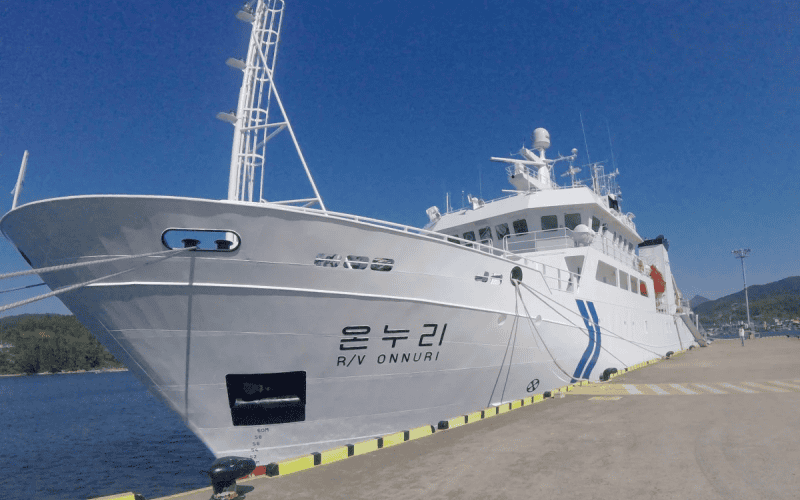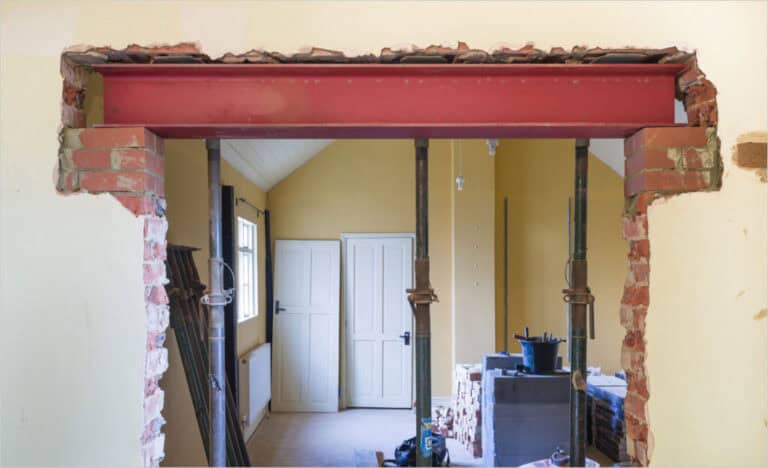A recent maritime encounter between Chinese and South Korean coastguards near Socotra Rock has renewed attention on unresolved territorial issues in the Yellow Sea. The incident, which occurred on February 26 within the Provisional Maritime Zone (PMZ), centered around a newly installed steel structure. While the situation ended peacefully, it reflects the sensitive nature of overlapping maritime claims in the region.

Source: scmp.com/yellow-sea-stand-over-steel-structure-raises-china-south-korea-tensions-reports
Incident Overview: Coastguard Confrontation in the PMZ
On February 26, South Korea’s research vessel Onnuri approached a steel structure reportedly installed by China in the PMZ—an area jointly managed under a 2001 bilateral fisheries agreement. The vessel was intercepted by Chinese coastguard ships and nearby civilian boats. South Korea responded by dispatching its own coastguard vessel. The two-hour standoff concluded without escalation, but it underscored the challenges of operating within zones where jurisdiction remains contested.
Coastguard Confrontation over Offshore Structure
South Korea’s research vessel Onnuri had been dispatched to investigate a steel installation placed by China within the Provisional Maritime Zone (PMZ), a space created under a 2001 fisheries agreement meant to ease tensions. But as Onnuri approached the structure, three Chinese coastguard ships and civilian vessels quickly moved in, prompting South Korea to send its own coastguard unit. The standoff ended peacefully, but for two hours, the situation teetered on the edge—a reflection of how quickly routine missions can become flashpoints in contested zones.
Socotra Rock: A Submerged Symbol of Sovereignty
Although Socotra Rock lies beneath the waterline—making it ineligible for sovereignty claims under international law—it carries symbolic and strategic weight for both countries. South Korea refers to it as Ieodo and maintains a research station nearby, while China, which calls it Suyan Rock, has increased activity in the region in recent years. The installation of a steel structure in such a sensitive area isn’t just a construction issue—it speaks to how modular, durable offshore infrastructure is being used in new ways, whether for science, aquaculture, or signaling presence.
Competing Narratives and Underlying Tensions
China described the steel installation as an aquafarm, while South Korea asserted its right to conduct inspections within the PMZ. Both governments remained measured in their official responses. Still, maritime analysts noted the robustness of the structure and its strategic location. In today’s geopolitical climate, even civilian-use modular structures—often made of steel for long-term stability—can carry dual significance, especially in shared or disputed waters.
Regional Landscape Growing More Complex
This clash didn’t happen in a vacuum. China’s broader maritime activity, including in the South China Sea, and South Korea’s increasing alignment with the U.S. and Japan are reshaping regional dynamics. As coastguard fleets grow and surveillance infrastructure becomes more permanent, even small installations can take on outsized importance. It’s a reminder that in the maritime world, steel isn’t just a material—it’s a message.
Conclusion: Steel Structures and Shifting Maritime Power Dynamics
The February 26 incident may have ended quietly, but the questions it raised—about intent, interpretation, and the future of maritime cooperation—are anything but settled. In a region where steel structures, research platforms, and modular outposts increasingly dot the map, managing tension with diplomacy and clarity becomes more important than ever. As both sides continue to assert their interests, the Yellow Sea remains a place where restraint and dialogue will shape the course ahead.

